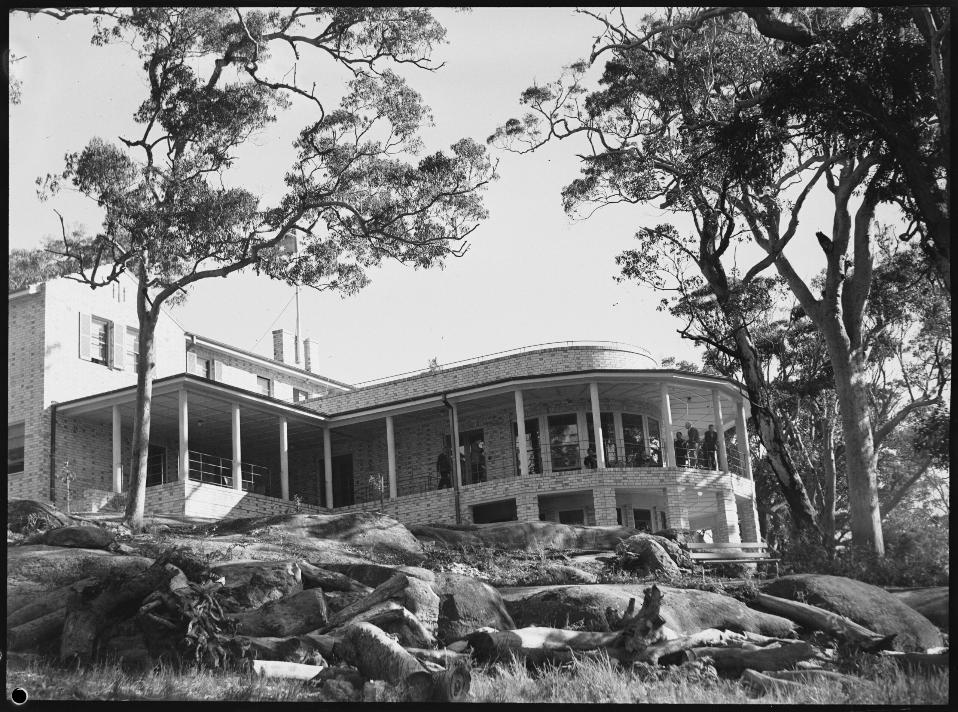Narrabeen's RSL ANZAC Village Renewal Project: Feedback Invited - History Insights Sought
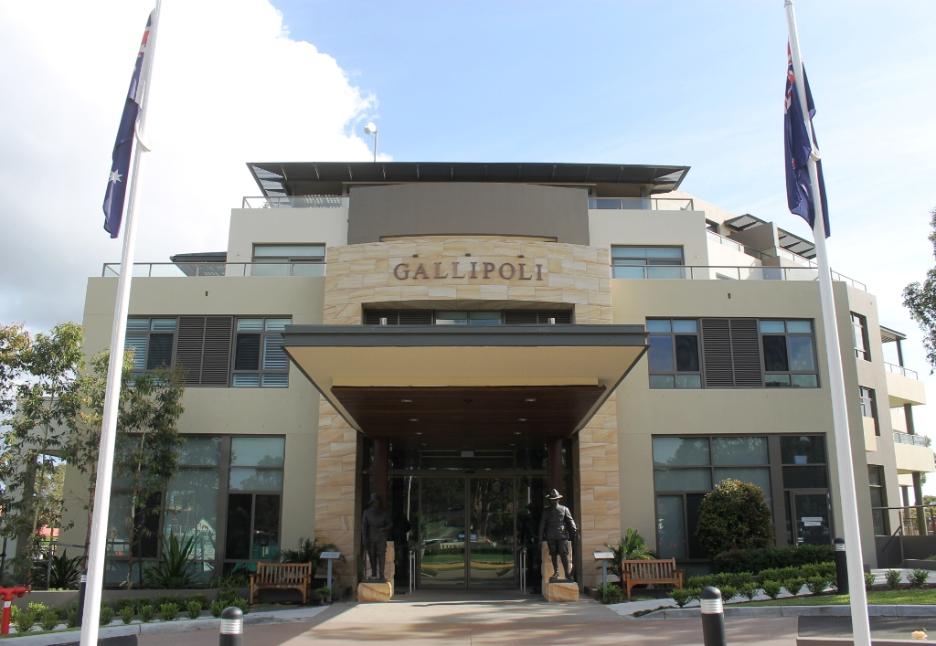
RSL LifeCare has announced plans to renew RSL ANZAC Village at Narrabeen.
The organisation states:
''Since 1939, The Village has been a home for those who served, evolving over time to meet the changing needs of its residents. We are committed to thoughtfully reimagining this township of villages—focusing on lifestyle, wellbeing, and active living while renewing and providing new housing and care options for the current and future residents of The Village.''
The DA is scheduled to be lodged in August this year. Prior to that they want to hear from the community that lives in the village and the broader community.
Their FAQ's provide:
What is the RSL ANZAC Village Renewal?
The RSL ANZAC Village Renewal is a long-term project being planned by RSL LifeCare.
The reimagined RSL ANZAC Village will be a destination that honours its history, celebrates the present, and delivers a future where every resident – whether veteran or senior, has access to the lifestyle, care, resources, and opportunities they need to live a fulfilling, independent life.
The Renewal will include the construction of new roads and pathways, new homes and community spaces within the existing RSL ANZAC Village Narrabeen. Plans for the Renewal are underway and Residents, Veterans, future Residents and the surrounding community are invited to join RSL LifeCare in shaping a place where you and your family will always feel at home.
Why are you proposing to renew the ANZAC Village?
Since being founded in 1939, the RSL ANZAC Village has grown in stages to meet the changing needs of our residents and the community. Many of the buildings are at the end of their useful life, are not fit for purpose and do not meet consumer expectations or service standards.
RSL LifeCare is intentionally designing The Village as a whole, to better connect our village and provide accommodation and services across the village that consider health, wellbeing and choice for now and into the future.
Our vision is to build an even more vibrant and welcoming community – a place where people come to honour history and embrace the future, and where you can connect, learn and relax.
You can register to receive updates and to provide your contribution through the Have Your Say link for this project on the website.
When will construction start?
If planning is approved, we expect construction of the first stage of the RSL ANZAC Village Renewal to start in late 2026 or early 2027.
How long will the RSL ANZAC Village Renewal take?
The RSL ANZAC Village Renewal is likely to take about a decade to complete. The Village Renewal will be delivered in stages. The duration of each stage of the Village Renewal will vary.
How can we get involved?
We appreciate that the people living, working and visiting RSL ANZAC Village also have a wealth of knowledge on the existing village and ideas on what it could be in the years to come.
A public engagement program is being undertaken by RSL LifeCare from February to June 2025. The purpose of this is to gather feedback from residents, team members, and the community, to ensure The Village Renewal meets the needs of our community now and in the future.
How can I provide feedback on the RSL ANZAC Village Renewal?
You are welcome to provide your feedback in person by visiting the Village Information Hub on the ground floor of the Gallipoli building, or online via the Online Information Hub.
RSL LifeCare are also convening a series of Co-Creation Workshops, where residents, community and veterans will be invited to help us shape the future of RSL ANZAC Village.
Residents and Veterans can find out more and express your interest to participating in the Co-Creation workshops by visiting The Village Information Hub, the Online Information Hub, or reaching out to the Village Manager.
You can visit the Renewal Project website at www.rsllifecare.org.au
A few Beginning notes
On ANZAC Day 2019 RSL LifeCare celebrated the 80th Anniversary of “The War Vets” Village, Narrabeen.
The story of “The War Vets” (RSL ANZAC Village) started with Bill Wood and Stephen Stack, both WWI veterans, who saw the needs of a generation of veterans of the First World War, “men prematurely aged by their war service and unable to make provision for their future by their disabilities.”
These two men, along with Legacy, RSL and many like-minded supporters, campaigned and raised funds tirelessly to secure a “haven on the hill”, a place of respite. “The War Vets” was officially opened at 3pm on ANZAC Day 1939 by Lord Wakehurst with an Honour Guard provided by the 17th Battalion under Lieutenant-Colonel FG Galleghan who had served with the 34th Battalion in France and would do the same with the 8th Division during WWII. There were more than 5000 people present amidst newly planted trees and shrubs and the ceremony was broadcast on radio 2BL and 2CH.
In his speech Wood conceded that when the foundation stone had been set twelve months previously there were many who felt that the scheme was too ambitious, but he declared that the “committee’s hopes have been more than realised.” There was great applause when he also announced that the Home had opened free of debt.
A few insights from the PON history files:
WAR VETERANS' HOME, NARRABEEN, SYDNEY.
Architects: Fowell, McConnel and Mansfield. , Builder: A. W. Edwards.
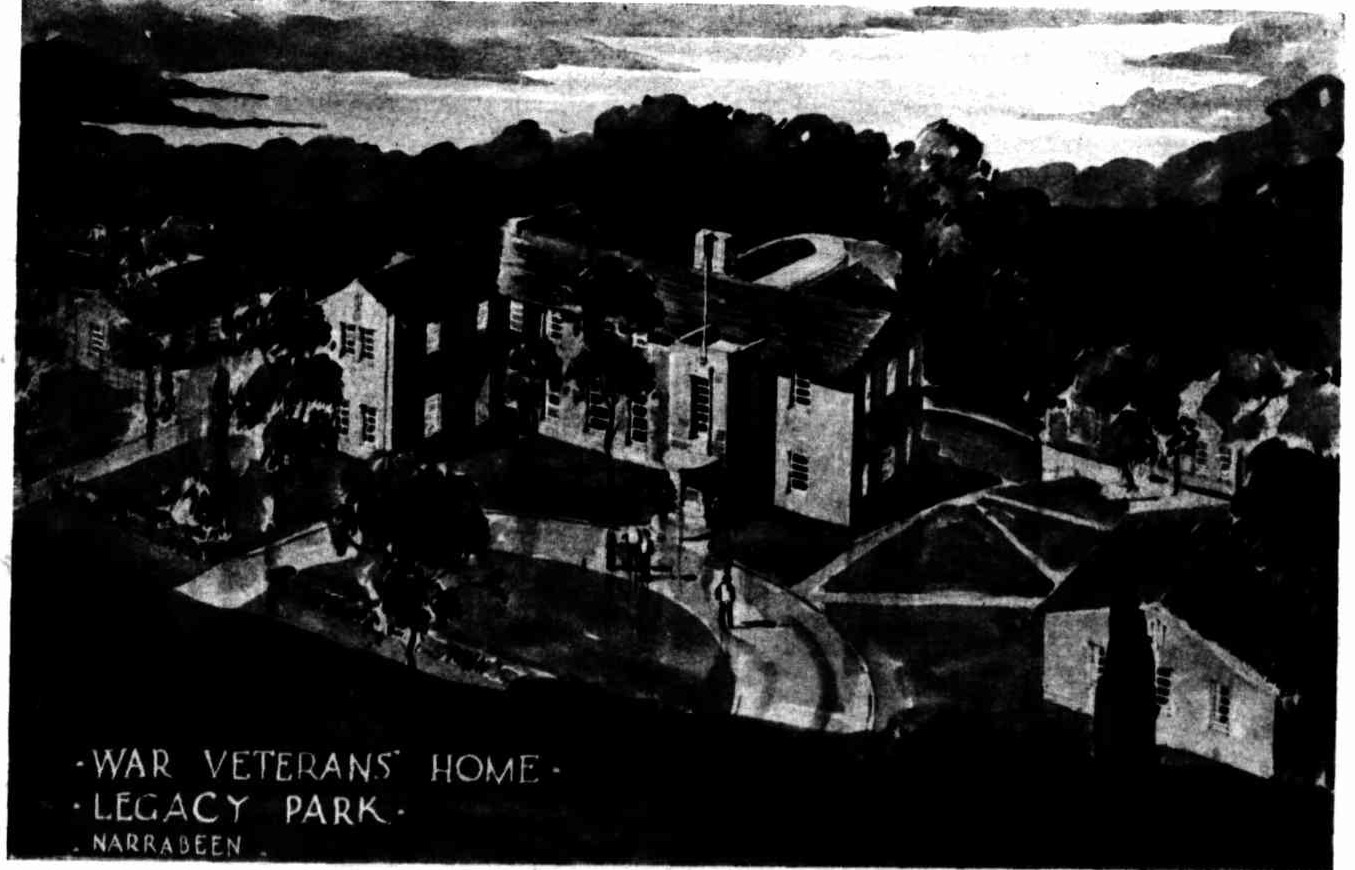
The home, which has been designed to accommodate 100 War Veterans, is being constructed under the joint auspices of the State branch of the Returned Soldiers' League and the Legacy Club, the foundation stone being laid last Anzac Day by the Governor, Lord Wakehurst. The main block is of two storeys with a lower ground floor on the north side, and contains administration offices, recreation, billiard and dining rooms and a kitchen to serve 100, which will be the number the home will ultimately accommodate.
The remainder of the buildings will be separate cottage blocks scattered around the attractive grounds of 11 1/2 acres overlooking Narrabeen Lakes; the site was made available by the Warringah Shire Council. Two of the ultimate ten cottage blocks are being built under the initial contract, which it is understood is in the vicinity of £15,000. WAR VETERANS' HOME, NARRABEEN, SYDNEY. (1938, September 7). Construction (Sydney, NSW : 1938 - 1954), p. 5. Retrieved from http://nla.gov.au/nla.news-article222852810
The land for the village was actually resumed by the state government from the family of James Wheeler for the project- and had been suggested as a suitable site by the council - a dispute over payment went on for years afterwards. The Warringah Shire Council took land to build a road to it - which also started an ongoing but ultimately unsuccessful battle by the Wheelers that went on for years. That council also took their quarry for its own use as well.
Two decades later:
Land can be resumed for veterans
Resumption of land by the N.S.W. Government for a war veterans' home, was upheld by the Full High Court yesterday. The Court rejected an argument by the owners of the land, at Narrabeen, that the resumption was not for a public purpose. The owners, Alice Ann Wheeler and Alan George Wheeler, claimed that the Government had exceeded its powers in declaring a war veterans' home a public service. The Court ruled that the Minister who sanctioned the resumption of the land, had the power to declare that the acquisition was for a public purpose. Land can be resumed for veterans (1956, February 24). The Argus (Melbourne, Vic. : 1848 - 1957), p. 7. Retrieved from http://nla.gov.au/nla.news-article72537842
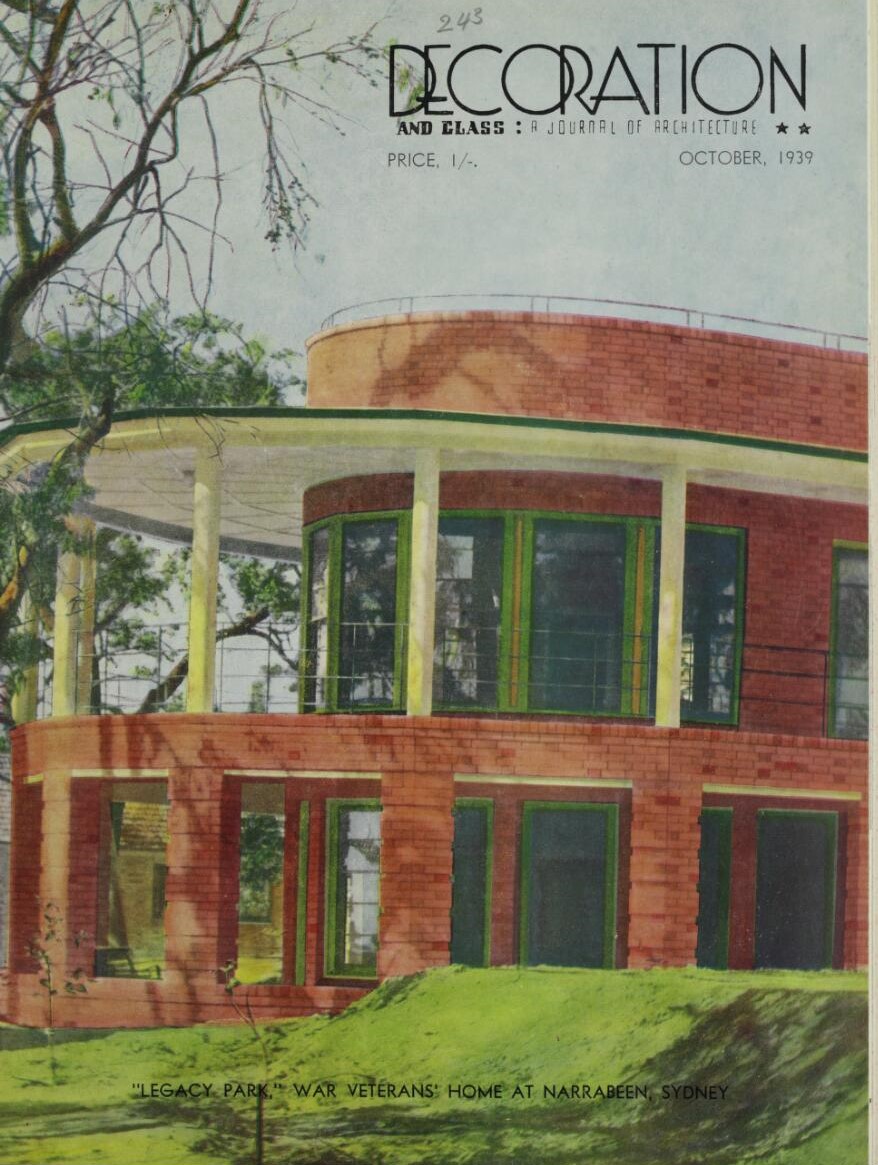


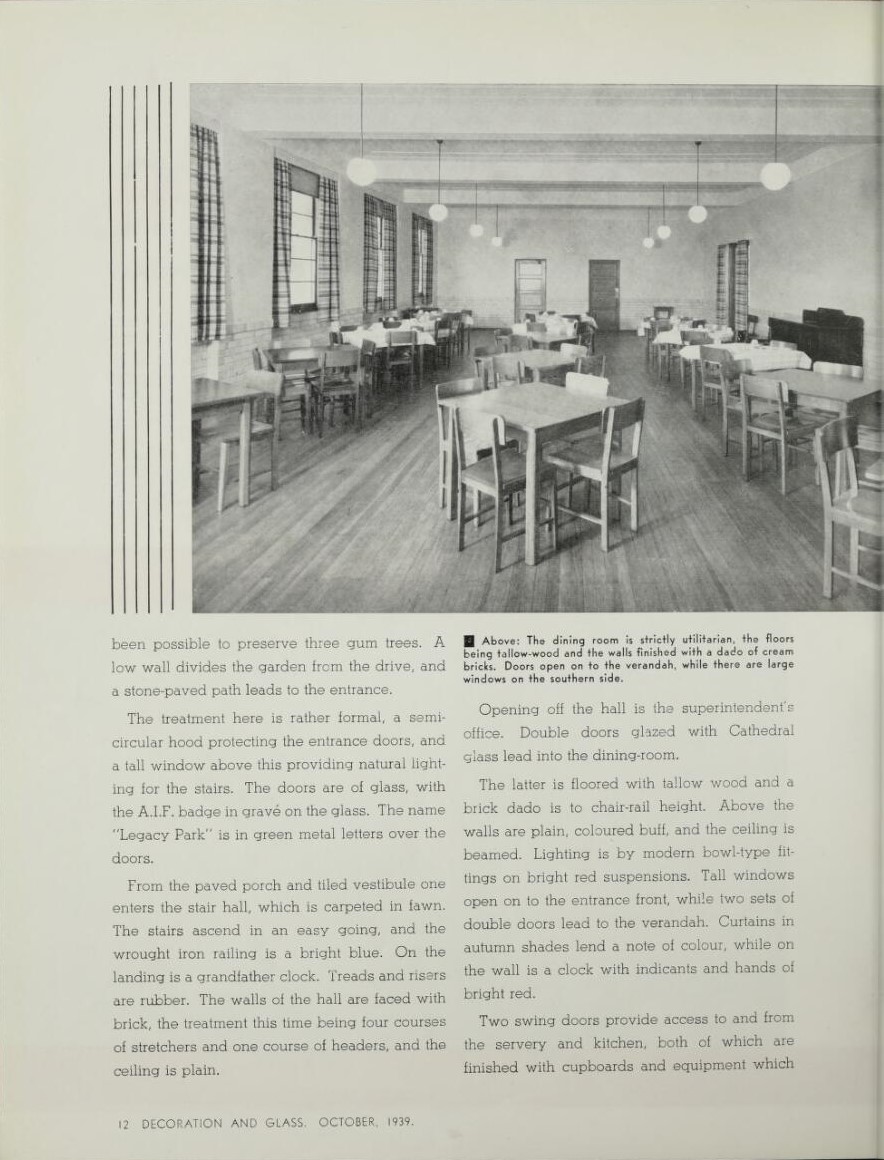
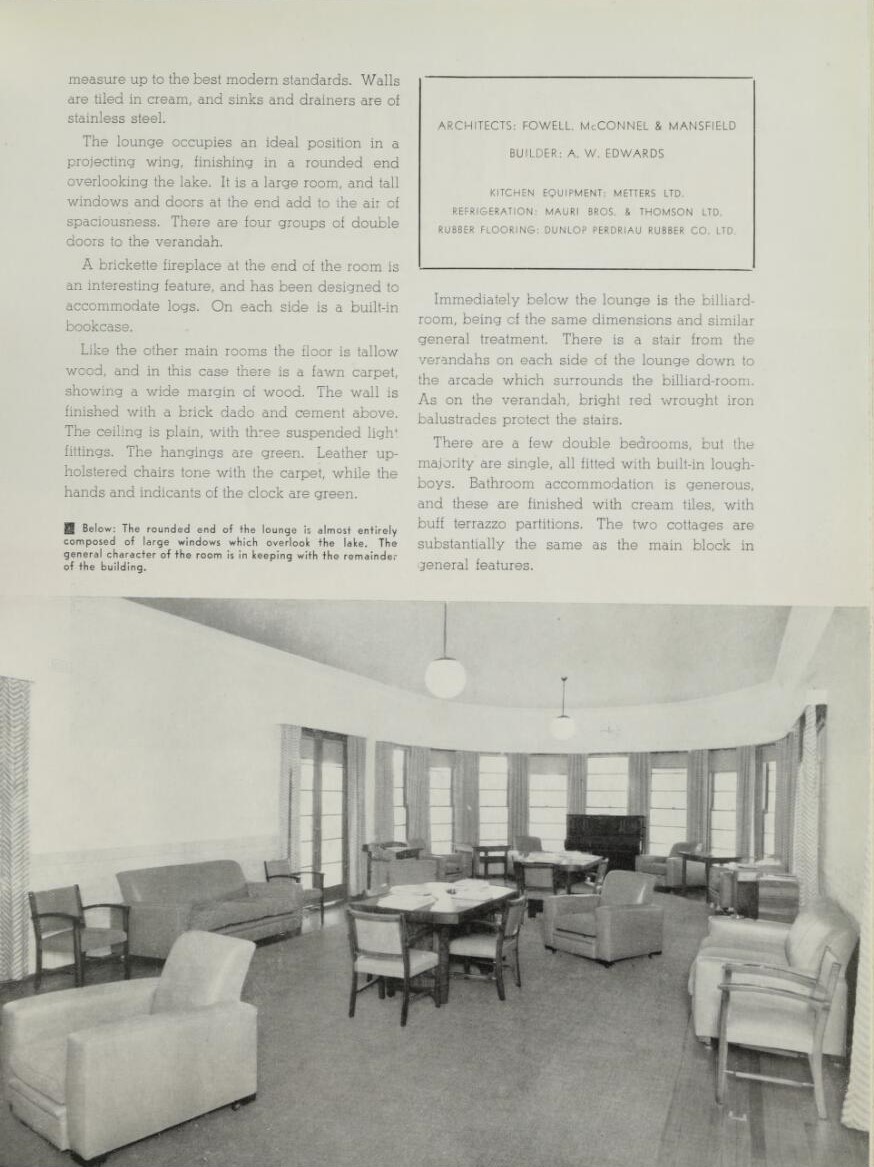
At the Warringah Shire Council Meeting held on June 24th 1947 a letter from the Furlough House Committee, (dated 13/6/1947) is requesting the Council's co-operation in connection with the visit of Field Marshall Montgomery to Furlough House on 13th July by having King and Albert Streets and the frontage to Ocean Street cleared, and suggesting that the reserve opposite Furlough House be made a Memorial Park. Council Resolved That this work be carried out; and (b) that the matter be referred to the Parks & Reserves Committee.
He would also, of course, visit Narrabeen's War Veterans village, where he would meet more children:
Montgomery Diplomatic On Hat Gift
SYDNEY, Sunday. - Field Marshal Lord Montgomery promised to-day that he would give the Australian High Commissioner in London (Mr. Beasley) his "Digger hat" covered with the badges of the units which served under him in the Middle East.
''I will ask Mr. Beasley to send it to thie National War Museum, at Canberra," he said. "If I gave it to one of the States, there might be somle trouble."
Lord Montgomery said he obtained the hat from an Australian quartermaster's store to wear in the desert, until he became accustomned to the heat. The New Zealand unit wanted to replace it with a New Zealanld hat. He refused to do this, and allowed the unit to pin its badge on the hat. Other units followed the example.
MRS. ISABEL Harkness, of Vincent-street, Balmain, who claimed she had been a childhood playmate of Lord Montgomery, in Tasmania, dashed past the police barrier and shook hands with him as he was leaving St. Andrew's Cathedral this morning.
Mrs. Harkness showed Lord Montgomery a letter card. "We were playmates in Tasmania," she said. "We called him Bertram. I called him that to-day, but I don't know whether he recognised me. He wanted to keep the letter, which was written by his mother to my mother. I wouldn't let him." ****
"Try Again"
A YOUTH who waited .near the Cathedral steps with an autograph book, was warned by military police not to approach the Field-Marshal's car. The youth obeyed the direction, but said he would try again.
Posed With Children
JUNIOR LEGATEES almost knocked the Field-Marshal off his feet when they surged around him at the War Veterans' Home. Narrabeen, this afternoon.
After Ron Soutar, 9, had conducted the Ceremony of Remembrance, the children gathered around Lord Montgomery. He told them to sit on the grass and then he spoke to them. He posed for photographs with Ron Soutar and a group of children and promised to autograph copies of the pictures for them.
'The children cheered delightedly when he said: "Now go about your business."
Ron Soutar, whose father was killed in Borneo, said he had been delighted to conduct the ceremony before Lord Montgomery. He admitted he felt a little nervous.
Montgomery Diplomatic On Hat Gift (1947, July 14). Newcastle Morning Herald and Miners' Advocate (NSW : 1876 - 1954), p. 1. Retrieved from http://nla.gov.au/nla.news-article140324042
POLITICS AND SOLDIERING 'Do Not Mix' Says 'Monty'

Hundreds of children from Junior Legacy mobbed Field Marshal Lord Montgomery when he visited the War Veterans' Home at Narrabeen.
SYDNEY, Monday: The Chief of the Imperial General Staff (Field Marshal Viscount Montgomery) told a gathering of politicians, service chiefs, public service heads and community leaders today that politics and soldiering did not mix.
''I KNOW no soldier who has made a good politician and know of no politician who has made a good soldier,' he said.
Today was the last day of Viscount Montgomery's Sydney visit, and cheering crowds greeted his every appearance- His 'secret' shopping tour remained a secret only a few minutes and enthusiastic crowds were waiting on the footpath when he emerged from a city store. Crowds estimated at 10,000 were present In Martin Place when the field Marshal placed a wreath on the Cenotaph. The cheering crowds which showered him with confetti also lined the streets, and packed buildings along the route of his drive to the Town Hall for the civic reception and later to the Hotel Australia for the State luncheon.
Thousands also witnessed his departure from the city to Mascot for his flight to Brisbane. At the State luncheon the Premier (Mr. McGirr), who presided, described Viscount Montgomery as e great ambassador to Australia. The Premier presented him with a book of views of New South Wales.
'Liable to Pressure'
In his reply, Viscount Montgomery said the Germans had professionalised the trade of war and France had specialised it. Politics bad become professionalised by democracy. It was very important that fighting men should realise the relationship between politics and soldiering.
'Today the soldier has become the servant of the statesman and his allegiance is to the State,' he added. 'Being a servant of the state, the soldier was very liable to be subject to political pressure.
'If he is clever he avoids It and he has to be strong enough to resist difficult pressure when he knows that he is being asked to do . something which is not capable of being done.
'He must also know that there occasions when political considerations will be paramount.'
Speaking at a civic reception earlier, Viscount Montgomery said ' that the idea of discipline properly understo»d was the basis of civil life in the same way as it was the basis of military life. An Army must become an integral part of the life of the nation, find must be accepted as such. Military training must not only make men good soldiers but must fit them to become good citizens.
He added that family life should be the basis of all training. A good boys' club movement was also an indispensable element in the training of youths.
The basis of all .discipline was self discipline, added Viscount Montgomery, who said it might come from within or It might be imposed from without. Whatever its source, it involved the idea of control and self restraint and Implied a life ordered and bounded by certain voluntarily Imposed limitations.
Conception of Duty
'This conception of duty underlines the whole of Christian teaching and should be impressed on every child from nursery days.' Viscount Montgomery said no changes in the methods of warfare would affect the fundamental truth that discipline was the backbone of the army.
Crowds gathered all along the six-mile route from the city to Mascot, where the field marshal left by plane at 5 p.m. for Brisbane. He was farewelled at the airport by the Minister for Supply and Shipping (Senator Ashley) representing the Federal Government, the State Premier (Mr. McGirr) and the G.O.C. Eastern Command (Lt.General Berryman). No title (1947, July 15). Daily Advertiser (Wagga Wagga, NSW : 1911 - 1954), p. 1. Retrieved from http://nla.gov.au/nla.news-article144834997
****Field Marshal Bernard Law Montgomery, 1st Viscount Montgomery of Alamein KG, GCB, DSO, PC, DL (17 November 1887 – 24 March 1976), nicknamed "Monty", was a senior British Army officer who served in the First World War, the Irish War of Independence and the Second World War.
Montgomery was the fourth child of nine, to a Church of Ireland minister, Henry Montgomery, and his wife Maud (née Farrar). The Montgomerys, an Ulster Scots 'Ascendancy' gentry family, were the County Donegal branch of the Clan Montgomery. The Rev. Henry Montgomery, at that time Vicar of St Mark's Church, Kennington, was the second son of Sir Robert Montgomery, a native of Inishowen in County Donegal in the north-west of Ulster, and a noted colonial administrator in British India. Sir Robert died a month after his grandson's birth. He was probably a descendant of Colonel Alexander Montgomery. Bernard's mother, Maud, was the daughter of Frederic William Canon Farrar, the famous preacher, and was eighteen years younger than her husband.
After the death of Sir Robert Montgomery, Henry inherited the Montgomery ancestral estate of New Park in Moville, a small town in Inishowen in the north of County Donegal in Ulster, the northern province in Ireland. There was still £13,000 to pay on a mortgage, a large debt in the 1880s (equivalent to £1,825,976 in 2023) and Henry was at the time still only an Anglican vicar. Despite selling off all the farms that were in the townland of Ballynally, on the north-western shores of Lough Foyle, "there was barely enough to keep up New Park and pay for the blasted summer holiday" (i.e., at New Park).
It was a financial relief of some magnitude when, in 1889, Henry was made Bishop of Tasmania, then still a British colony, and Bernard spent his formative years there.
"MONTY'S" TIES WITH TASMANIA
Schoolmates Recall. Famous Visitor. As Determined Lad "Monty the mischievous," the young son of Bishop H. H. Montgomery, remembered by a few of his old school pals of 1892-1899 as a determined lad, to-day returns to Hobart, the city of his early days, as Field Marshal Viscount Montgomery, Chief of the Imperial General Staff.
IN HIS FIRST WORDS on arrival in Australia Lord Montgomery referred to his cradle days in Tasmania. He said that he was looking forward to his visit with tremendous eagerness. He felt he was an Australian, a Tasmanian.
"I came to Tasmania when a baby in arms and spent my early years here," he said. "They were the very impressionable early years, when the foundations of character are laid There is no doubt that the foundations of my character were laid in Australia."
Always playing soldiers, Bernard, the young Montgomery was influenced to become a soldier at Hobart. While Watching Tasmanian troops marching to the ship to embark for South Africa, he conceived the idea of a soldiering career. He promised himself that he would grow up to be a soldier, and a good soldier, so that perhaps some day he could have an army of his own. Little did he know then that the realisation of his ambitions was to be heralded in many quarters as the salvation of the Allies.
.... "MONTY'S" TIES WITH TASMANIA (1947, July 5). Examiner (Launceston, Tas. : 1900 - 1954), p. 4. Retrieved from http://nla.gov.au/nla.news-article52595984
